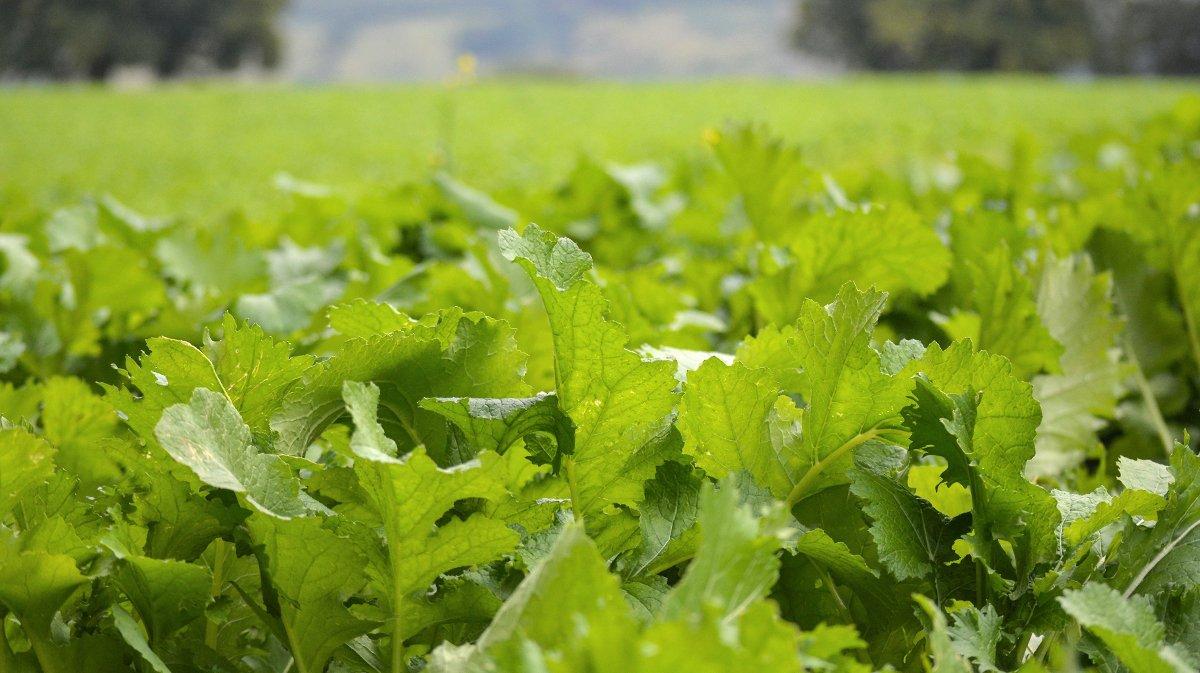What Is Your Preferred Seed Option for Wildlife?
As an avid food plotter, I'm a fan of many different plant species. I get all too excited about what I plan to plant each year. Might even be a little fruity about it. But hey, it's muh passion, brah.
All jokes aside, turnips rank high on that list. As part of the brassicas family, a good turnip plot grows fast, feeds the herd, and looks pretty doing it. It's easy to maintain as well. As a large broadleaf plant, if planted thick enough and given a good start, it quickly smothers out competing plants.
I really like turnips because they offer food sources in two stages: first the leafy plant and then the turnip (root) itself afterward. This plant ranges from 15 to 22 percent protein. It's easily digestible (very palatable), too. The yields are generally very high.
The key factor to remember with turnips — while deer will begin eating them as early as germination, don't expect peak consumption during the early season. In areas with quality food sources, deer typically don't hit them very hard until mid-October to early November. Most brassicas are attractive because of one thing: sugar. The first hard frost causes a chemical reaction in the plant that encourages significant increases in glucose. This once slightly bitter plant suddenly becomes sweeter. Deer hit it hard once that happens.
How to Plant
Soil samples are key. Turnips do best with a soil pH over 6.0. Lime and fertilize as needed. Spray. Wait. Then, work the soil with a disk. No throw and grow here. If broadcasting, plant at a 10- to 12-pound-per-acre seeding rate. If drilling, plant approximately 7 to 9 pounds per acre instead.
Put seeds at a depth of about ¼-inch. Planting much deeper than that can limit germination under certain circumstances. After planting the seed, simply running a drag over the planted area, or driving over it with a vehicle or ATV, will provide good seed-to-soil contact.
Where to Plant
General location isn't really an issue for this plant species. Turnips will grow throughout most of the country. The absolute location is key, though. Why? They don't grow well in soil with a high volume of clay. It needs to be a well-drained area to reach maximum potential.
When to Plant
As mentioned, turnips grow much quicker than other plants. But it still takes 70 to 90 days to reach full maturity. Because of that, in the North, I prefer to plant as early as July. I know. I know. Never plant something unless the month has an R in it.
With all due respect, that's a bunch of hogwash.
I've planted numerous fall and winter food source food plots in May, June, July and August that flourished and grew well. The key is moisture. If you're getting plenty of rain during the summer, and temperatures aren't consistent record highs, you can plant. As for southern reaches, planting later into September will still leave enough time for adequate growth before the first frost.
Don't Miss: 5 Food Plots for Procrastinators
Are you a hunter wanting to learn how to accomplish your goals? Check out our stories, videos and hard-hitting how-to's on food plots and land management.







